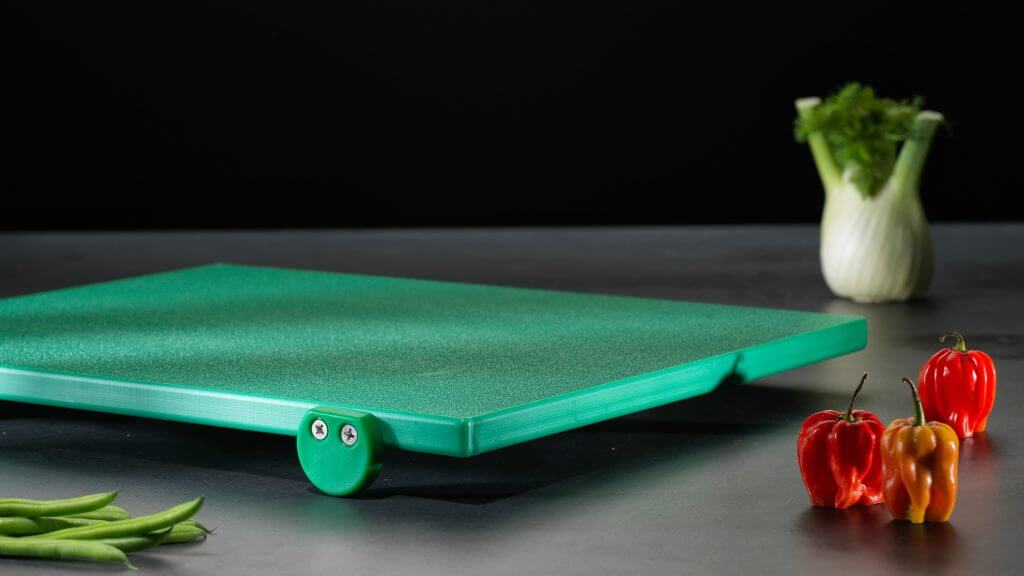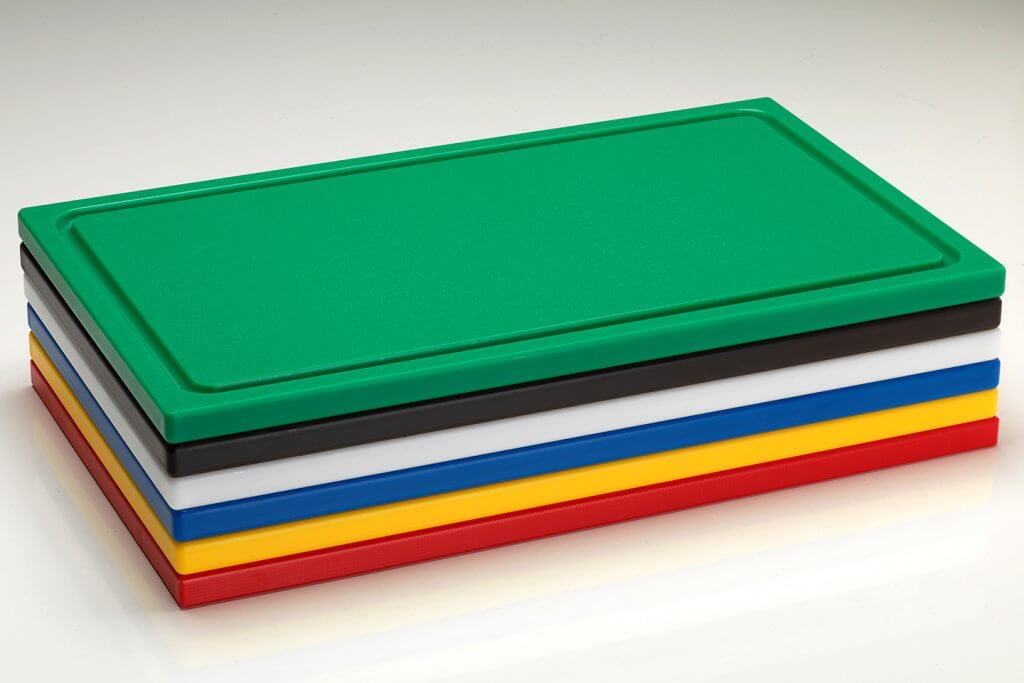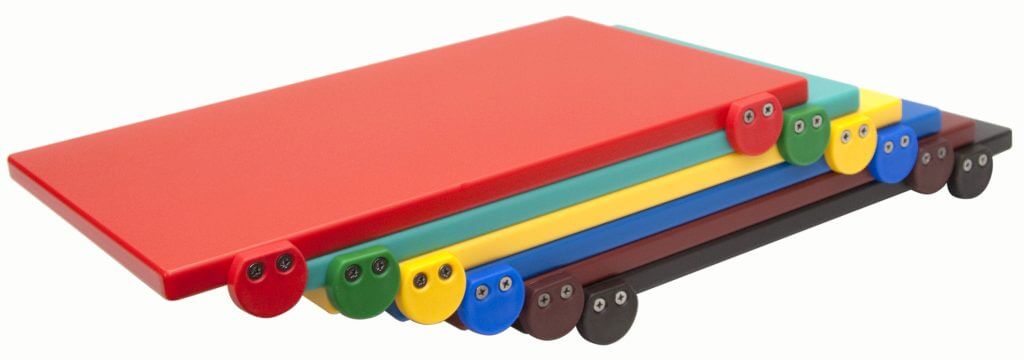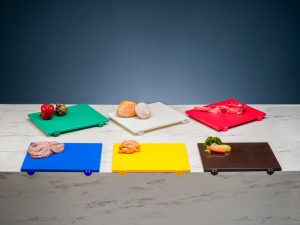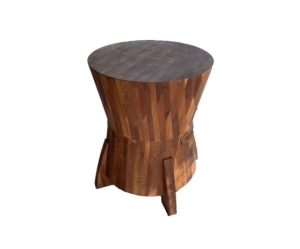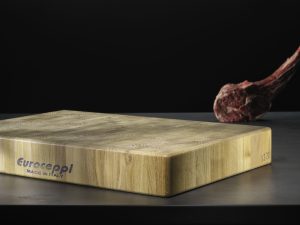In the world of professional cooking, the importance of reliable and durable tools is fundamental. Euroceppi’s polyethylene cutting boards are a benchmark for chefs and food industry professionals, both in Italy and abroad. In this article, we will explore the main features of polyethylene cutting boards, their maintenance, and the advantages they offer compared to other types of cutting boards.
Features of Polyethylene Cutting Boards
Euroceppi’s polyethylene cutting boards are made of PE (high molecular weight polyethylene), a material known for its resistance and durability. These cutting boards are available in a variety of colors, including white, red, yellow, green, blue, brown, and black, allowing easy distinction between different types of food and reducing the risk of cross-contamination.
Other technical features include:
- Shape: Rectangular
- Dimensions and Thickness: Variable, consultable in the price list
- Shore D Hardness: 64 (DIN EN ISO 868)
- Operating Temperature Range: from -50 °C to +80 °C
- Impact Resistance: High, without breakage (DIN EN ISO 179)
- Food Contact Suitability: Compliant with EU/FDA/BfR regulations and Italian legislation
What Are They For?
Polyethylene cutting boards are essential for anyone working in the kitchen, both professionally and as a hobby. Their robustness and stability ensure safe and comfortable cutting operations, while the non-porous surface of polyethylene reduces the risk of bacterial contamination. Thanks to their resistance to extreme temperatures, these cutting boards can be used in various working conditions, making them versatile and suitable for multiple culinary needs.
Daily and Periodic Maintenance
To keep polyethylene cutting boards in perfect condition, it is essential to follow some simple maintenance operations:
- Daily Cleaning: After use, scrape the cutting board with a suitable scraper, wash it in the dishwasher or with a pressure washer. In the absence of these, wash it with boiling water and specific degreasing products, then disinfect it or cover it with coarse salt overnight.
- Avoid Aggressive Detergents: Use only specific detergents for cleaning polyethylene cutting boards to avoid damaging the material.
Useful Tips for Long-Lasting
To prolong the life of polyethylene cutting boards, it is recommended to:
- Rotate the Cutting Board: Regularly rotate the cutting board for even surface wear.
- Placement: Store the cutting boards in a dry environment away from heat and moisture sources.
- Periodic Rectification: Rectify or plane the cutting board periodically to maintain a smooth and even surface.
Disposal
Once the usage cycle is over, polyethylene cutting boards can be disposed of as PE plastic waste, provided they are cleaned, for recycling purposes, thus contributing to environmental sustainability.
Conclusion
Euroceppi’s polyethylene cutting boards are more than just kitchen tools; they are an investment in quality and durability. Thanks to our experience and attention to detail, these products continue to be the favorite of many industry professionals.
For more information, discover our products or contact us directly. We are here to answer all your questions and assist you in choosing the best strain for your needs.

